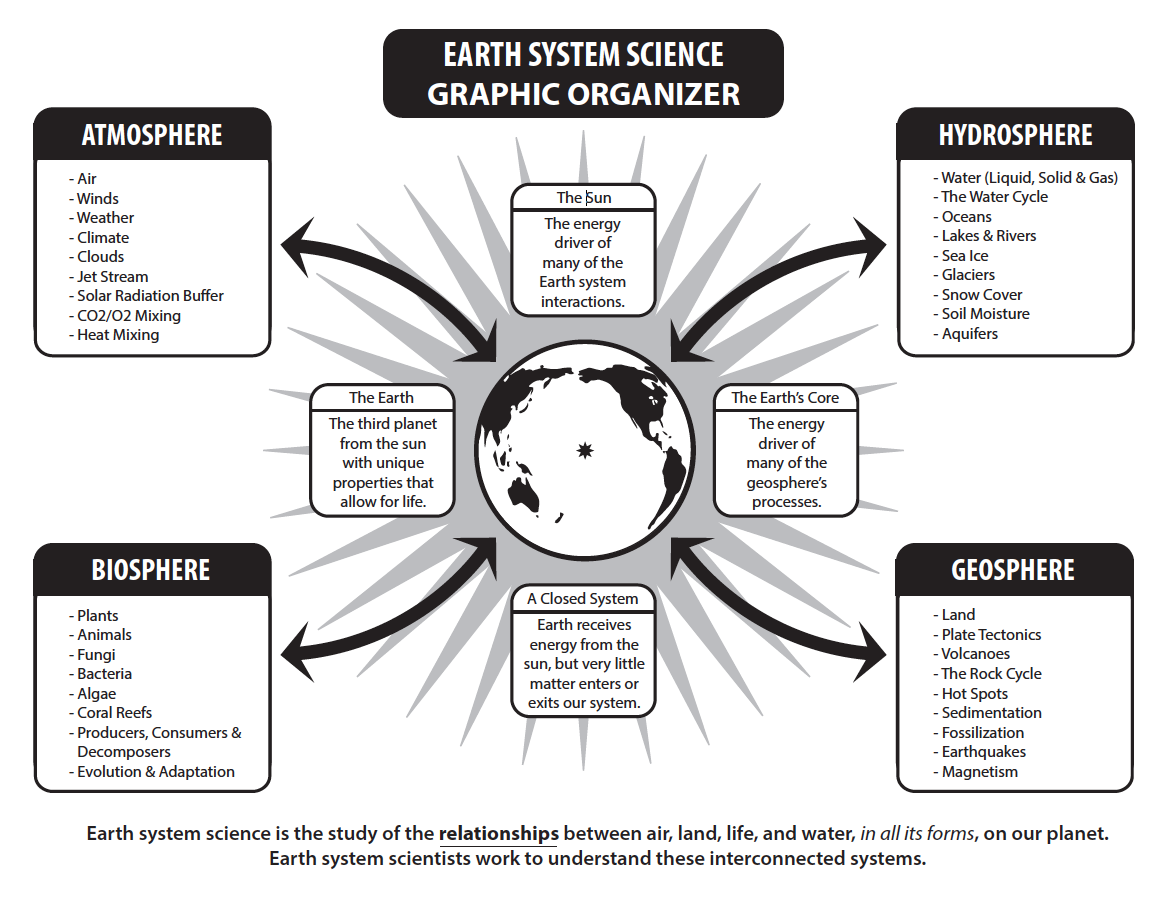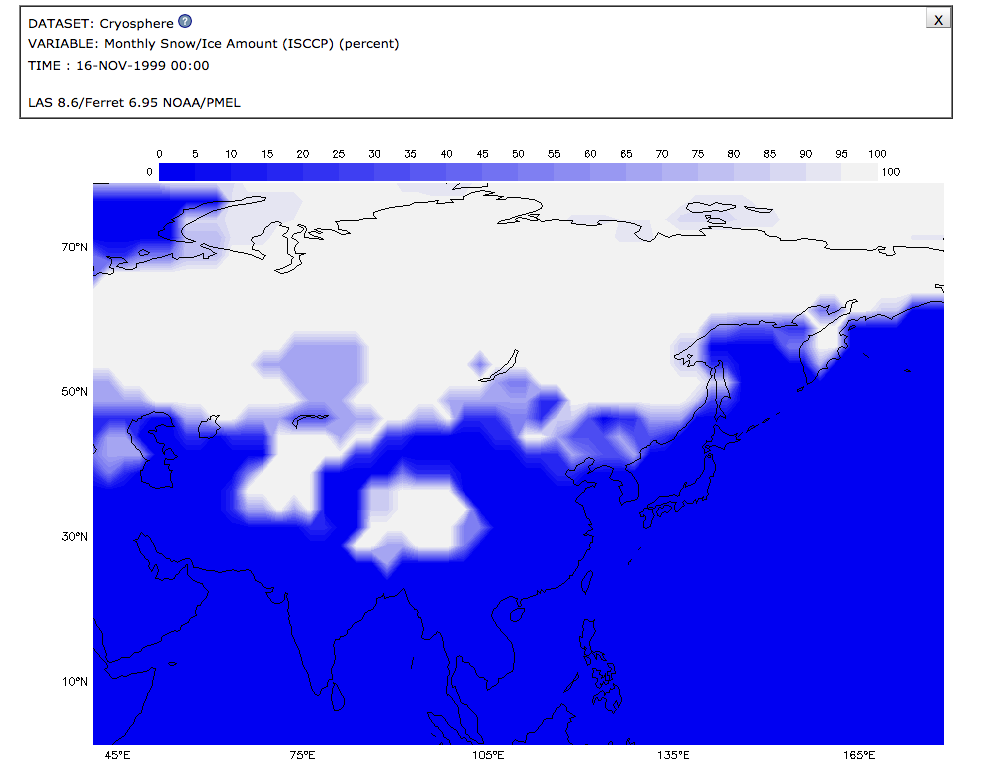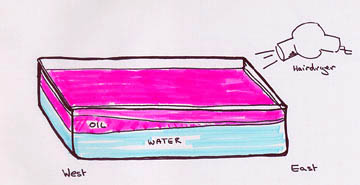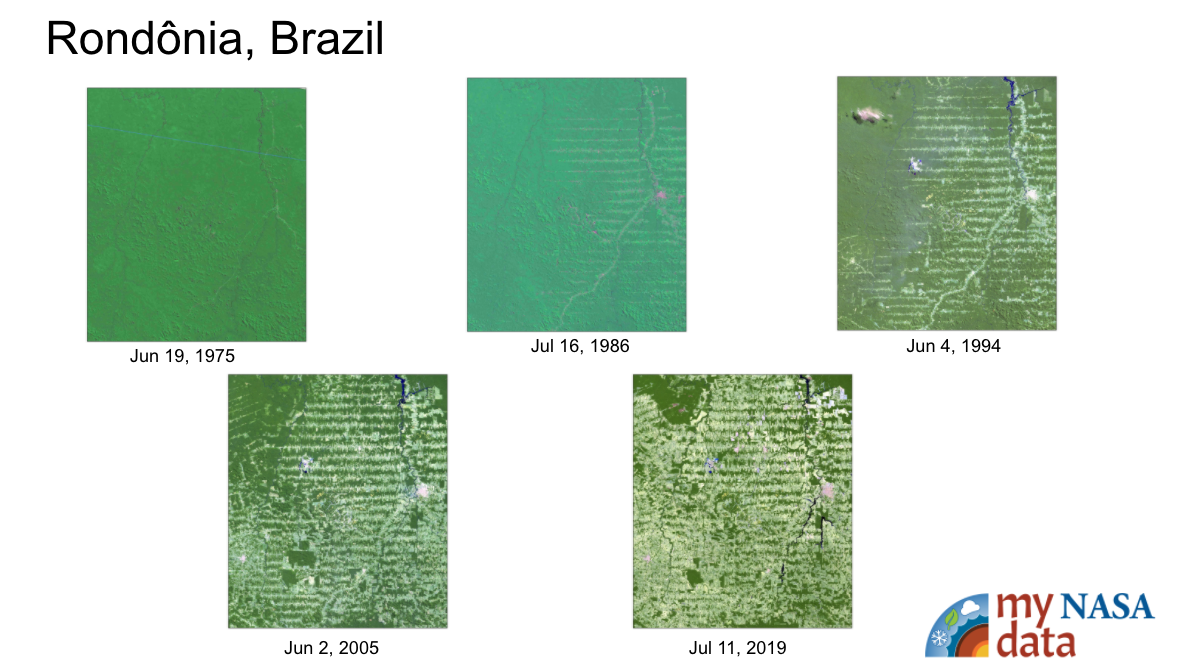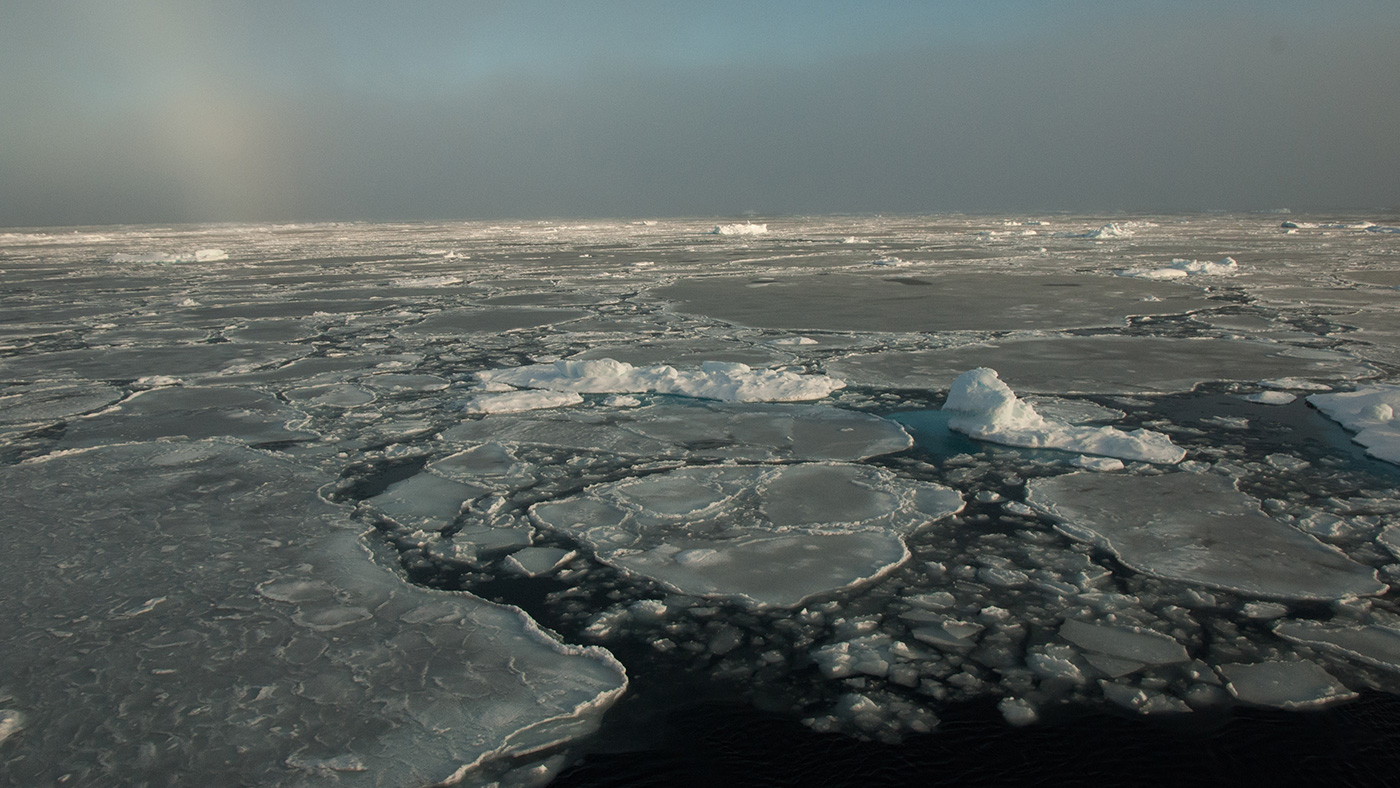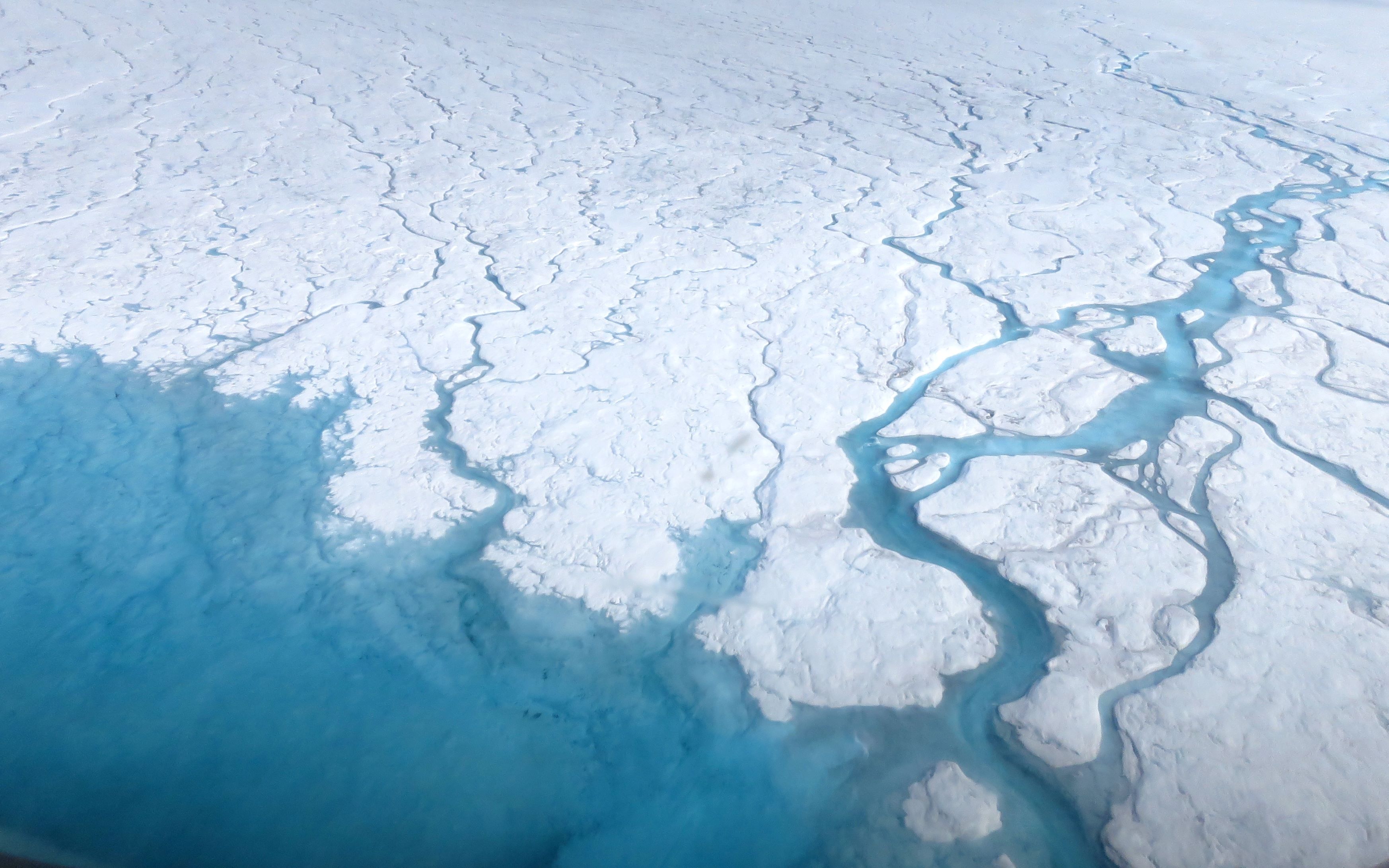This lesson introduces the Earth system science spheres through model making and discussion.
List of all Earth as a System Lesson Plans




Through guided inquiry, students will identify interactions of the four major scientific spheres on Earth: biosphere, atmosphere, hydrosphere and geosphere. They will then identify how these systems are represented and interact in their classroom aquarium.
This activity introduces students to aspects of the atmosphere, biosphere, hydrosphere, and litho/geosphere and how they are interrelated. It is designed to promote an interest in authentic investigations of Earth using images acquired by astronauts as the hook.
The activities in this guide will help students understand variations in environmental parameters by examining connections among different phenomena measured on local, regional and global scales.
In this lesson, Observing Earth’s Seasonal Changes, students observe patterns of average snow and ice amounts as they change from one month to another, as well as connect the concepts of the tilt and orbit of the Earth (causing the changing of seasons) with monthly snow/ice data from January 2008
NASA visualizers take data – numbers, codes – and turn them into animations people can see and quickly understand.
Hands-on demonstration of the El Niño Effect, trade winds, and upwelling provided by NASA's Jet Propulsion Lab.
The purpose of this activity is to have students use an Earth Systems perspective to identify the various causes associated with changes to Earth's forests as they review Landsat imagery of site locations from around the world.
This activity invites students to simulate and observe the different effects on sea level from melting sea-ice.
This activity invites students to model and observe the effect of melting ice sheets (from land) on sea level and the difference between the effect of melting sea-ice to that of melting land ice on sea level.






